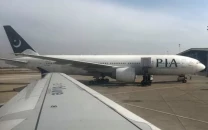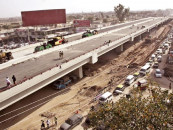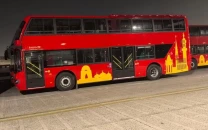Privatising education
Punjab’s privatisation of schools risks widening class divides, hindering access to education, social mobility

As of July 2024, the acute problem in education that Punjab was facing was a shortage of government schools. A fact sheet revealed that in order to cater to a steady increase in its population, the government would have to construct 19,000 more schools on top of the pre-existing 47,500. But only four months later, the Department of Education had already completed the privatisation of 4,500 primary schools. Now, a little over a year later, it plans to commence the third phase of this project soon, which will bring the total up to 17,000 privatised schools.
This strategy might seem like a progressive approach to transforming the educational sector of the province, but in a region where 10 million children are already out of school, its only substantial outcome will be a widening of the class divide. These millions of out-of-school children lose their opportunity to build better lives, oftentimes due to rising inflation and unemployment. Now, with education only being accessible after a costly paywall of private-school fees, that dream is even further away. Moreover, the government plans on redeploying teachers or simply placing them in a 'surplus pool', which will inevitably disrupt their flow of income and will be done at a cost of disrupting the education of students studying under them. Not even mentioned in these issues is the matter of finding resources for newly privatised schools, including staff and facilities.
Education is not meant to be a luxury you have to 'afford'. It is the basic right of a child and should be provided free from social and financial restrictions - because hindering educational access directly equates to hindering social mobility.














COMMENTS
Comments are moderated and generally will be posted if they are on-topic and not abusive.
For more information, please see our Comments FAQ